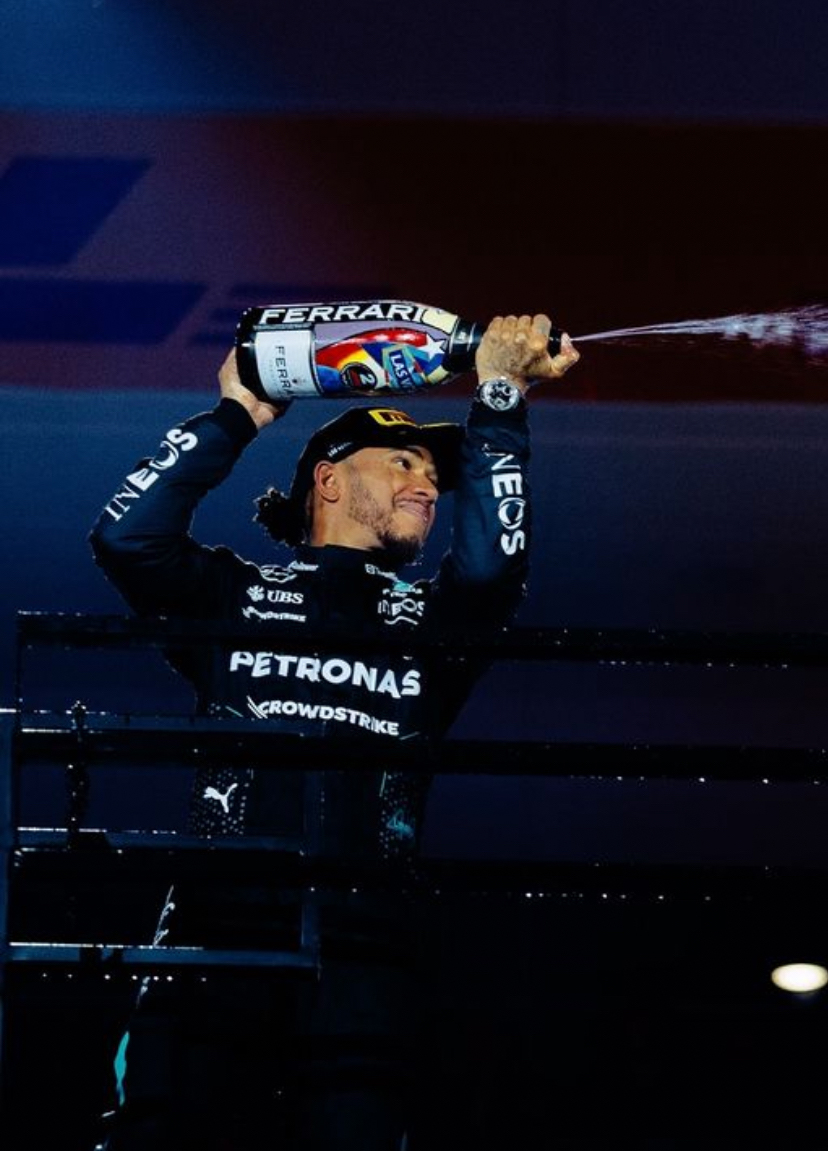The Pit Stop for Nature: What F1 Drivers Do When They Need to Go to the Bathroom

Formula 1 World Champions: A legacy of racing legends
What if F1 drivers need to go to the bathroom?
The Pit Stop for Nature: What F1 Drivers Do When They Need to Go to the Bathroom
What do Formula 1 drivers do when they need to go to the bathroom? Learn about the challenges F1 drivers face, from pre-race preparation to in-race strategies and innovations.
Formula 1 (F1) racing is a high-intensity sport that demands peak physical and mental endurance from drivers. These elite athletes compete in races that can stretch up to two hours, often under intense heat. Hydration is critical to performance, but what happens when an F1 driver needs to go to the bathroom mid-race?
Pre-Race Preparation
Before a race, drivers follow strict pre-race routines, including managing their fluid intake to avoid bathroom breaks during the race. Most drivers will relieve themselves just before climbing into their cars. However, given that many races last for over two hours, the challenge of managing bodily functions during the event becomes a critical consideration.
In-Race Scenarios
Once the race starts, leaving the car for a bathroom break is not an option. However, drivers have a few unconventional methods to cope:
- Going in the Suit: The most straightforward (though uncomfortable) solution is for drivers to urinate in their race suits. F1 suits are designed to be fire-resistant and moisture-wicking, so they can handle bodily fluids. Though this is far from ideal, it's sometimes the only option. Notably, Lewis Hamilton and other top drivers have admitted to doing this during races.
- Pit Stop Emergencies: Rarely, drivers may request an unscheduled pit stop for a bathroom break. However, this is generally avoided due to the potential loss of valuable time that could dramatically affect race outcomes.
Endurance and Training
To handle the physical demands of F1, drivers undergo extensive training, which includes techniques for hydration management and bladder control. The aim is to build both physical and mental endurance, enabling drivers to withstand discomfort during long races.
In-Race Innovations
F1 teams and governing bodies have explored technological solutions to address this issue, including:
- Custom Car Interiors: Some prototypes have incorporated urination systems similar to those used by astronauts. However, these solutions have not been widely adopted due to added weight and complexity considerations.
- Hydration Systems: Modern F1 cars are equipped with sophisticated hydration systems that allow drivers to drink fluids during the race. Managing hydration is a delicate balance, with teams carefully monitoring drivers’ hydration levels to ensure peak performance and safety.
Post-Race Protocol
After a race, drivers undergo medical checks, including providing urine samples. These samples are tested for hydration levels and substances to ensure drivers are in optimal physical condition. Dehydration can severely impair both physical and cognitive performance, so proper hydration is crucial.
Historical Anecdotes
Throughout F1 history, there have been a few notable anecdotes regarding bathroom emergencies during races:
- Nigel Mansell: The former F1 champion once recounted having to relieve himself mid-race due to the intense physical demands and the need to stay hydrated.
- Kimi Räikkönen: During a particularly long safety car period, Räikkönen once exited his car and headed straight for the yacht, but this was an exception rather than the norm.
Conclusion: The Resilience of F1 Drivers
In the fast-paced world of Formula 1, even the most basic human needs, like going to the bathroom, can become a complex challenge. Despite the technological advancements in the sport, the human element remains central. F1 drivers combine rigorous planning, exceptional training, and mental toughness to manage these challenges, showcasing why they are considered some of the world's most elite athletes.
Up Next


